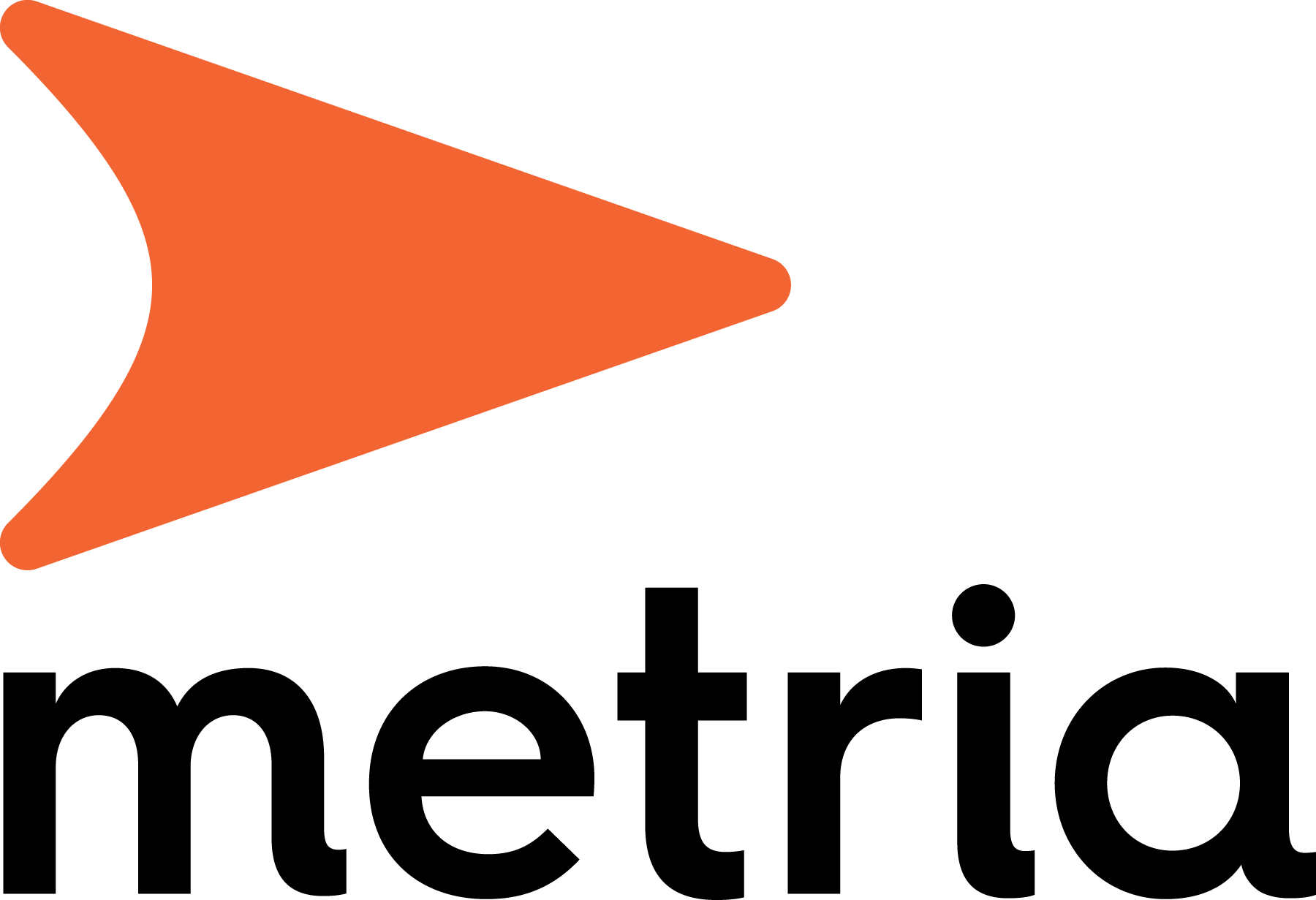At a time when climate change and extreme heat are becoming more common, innovation and technology play a key role in understanding and managing its effects. Metria is one of Sweden's leading players in geographic information and analysis, and thus an important partner in the work for climate adaptation. Through advanced analytics such as heat mapping, Metria helps both authorities and municipalities make better decisions for sustainable cities and communities.
What is heat mapping?
Heat mapping is done by collecting and analyzing data that shows temperature variations in an area. This information is crucial for identifying so-called heat islands - areas where temperatures are significantly higher than their surroundings, often due to human activities and urbanization.
Metria's role in national heat mapping
On behalf of MSB, Metria has conducted national heat mapping covering all of Sweden. The mapping is based on data from the Landsat satellite, an American satellite that passes Sweden every fourteen days. Landsat has a thermal sensor on board that measures ground temperature. This data is used to create detailed temperature maps.
The maps are displayed in a service provided by Metria on the MSB website(MSB Värmekarta). The information shows the highest ground temperature during different three-year periods as well as the maximum temperature for the entire analyzed time period. There is also a layer showing areas where ground surface temperatures exceed 35 degrees. The mapping for 2024 will be published in the service in December 2024.
Metria has identified hot areas of interest such as agricultural land, gravelly soil and peatland and also analyzes the factors contributing to heat islands, such as vegetation density and land use. "With our expertise, we can not only show where the problems are, but also derive the cause of the high temperature using land use analysis," says Metria's heat mapping project manager.
Why are heat maps needed?
Heat maps serve as a decision-making tool for municipalities and other stakeholders. The maps help identify risk areas and plan measures to manage heat stress. This is critical knowledge for improving urban environments and reducing the risks of health problems, especially during extreme heatwaves. According to reports from authorities such as the Swedish Civil Contingencies Agency (MSB), extreme heat has become one of the biggest climate-related risks in Sweden.
Metria's national mapping can help municipalities prioritize actions where they make the biggest difference, for example by increasing greenery in urban areas or adapting building codes to reduce heat storage.
The future of climate adaptation in Sweden
As climate challenges grow, Metria continues to develop innovative solutions. By integrating artificial intelligence, new data sources and improved visualization, Metria's analyses can lead to even more and more detailed insights. To learn more about Metria's work and the results of the national heat maps, visit the Metria website.

Heat map of central Stockholm (2017 - 2024)

Heat map of central Stockholm with temperatures of 35 degrees or warmer (2017-2024)


